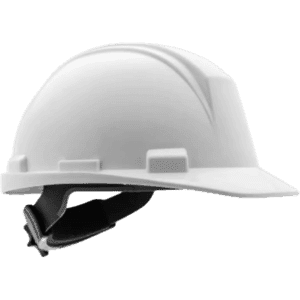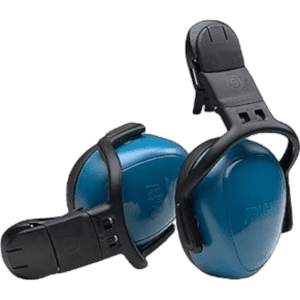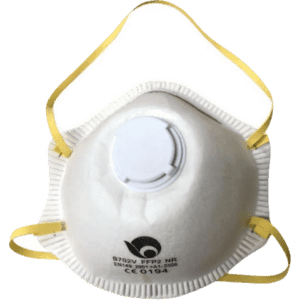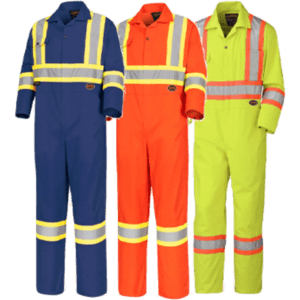Half face masks are designed to protect the respiratory system from hazardous airborne particles, gases, vapors, and fumes. They cover the nose and mouth, offering a lightweight and comfortable alternative to full face masks, while still providing a high level of protection. These masks are widely used in environments like construction sites, industrial cleaning, spray painting, agriculture, and laboratories. Half face masks typically use replaceable filters or cartridges to address specific hazards, ensuring proper protection in various environments.
Key Features:
- Lightweight and Comfortable: Half face masks are more compact than full face masks, providing ease of movement and comfort for extended wear.
- Effective Respiratory Protection: Offers protection against dust, fumes, gases, and vapors by using specialized filter cartridges.
- Adjustable Straps: Ensures a secure and comfortable fit for different face sizes.
- Easy to Maintain: With replaceable filters and minimal components, maintenance is simple and cost-effective.
- Compatibility with Filters: Designed to work with a variety of filter cartridges that are tailored to specific hazards.
Types and Standards: Half face masks must meet standards such as SASO 1193 (Saudi) and EN 140 (European). The most common types include:
- Negative Pressure Half Face Masks: Air is drawn through filters, providing protection from particulate matter and gases.
- Combination Filters: Some half face masks can be fitted with combination filters to protect against multiple hazards (e.g., dust, fumes, and vapors).
Brands Available: Leading brands like 3M, Honeywell, Miller, and MSA offer high-performance half face masks designed for various industries. These masks are engineered for comfort, durability, and easy filter replacement, ensuring effective protection across a wide range of applications.
General Maintenance: Half face masks should be cleaned regularly with mild soap and water to remove dust and contaminants. Ensure that the mask fits properly and that the seals are intact. Replace filters or cartridges based on the manufacturer’s guidelines or when breathing resistance increases. Store the mask in a clean, dry area to prevent damage to the components and to maintain the integrity of the mask. Always check for cracks or wear before use and replace parts as needed.





